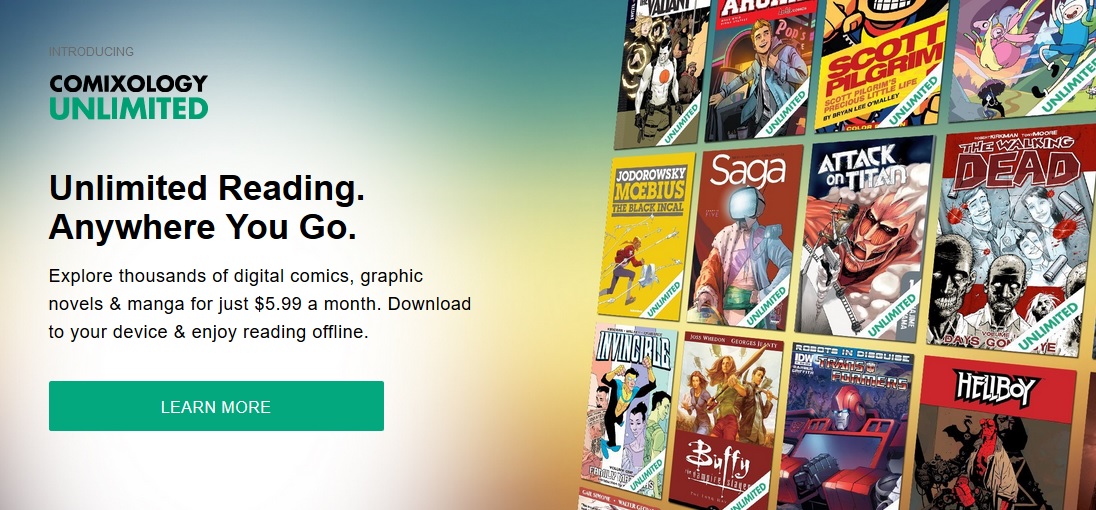
What’s most enjoyable about the book is that it refuses to treat Van Gogh as a one-note lunatic, explicitly dispelling the more sensationalist myths about him. Featuring a suitably scrawly and jagged expressionist style, the graphic novel explores the life events that led to the Dutch painter’s most famous works. My personal favourite of the titles is Vincent Van Gogh: Sadness Will Last Forever, written by Francesco Barilli, with art by Sakka (aka Roberta Sacchi). Lucy Lenzi has handled all translations from the original Italian to English. Each book is between 130 and 160 pages long, and features its own visual and narrative style, with each coming from a different creative team out of Italy. However, they’re a fantastic starting point for anyone interested in these titans of literature, philosophy, science and art. Upfront, it’s important to note that none of these graphic novels can be considered a comprehensive look at their subject’s life. A partnership between Amazon’s Comixology Originals and Italian publisher Becco Giallo means that graphic novels centred on Mary Shelley, Socrates, Nikola Tesla, Vincent Van Gogh, and Virginia Woolf are available in English for the first time, conveniently in digital format. Meanwhile, Did You Hear What Eddie Gein Done? delved into the motivations of the notorious Midwestern grave robber and murderer without forcing readers to page through a hefty true crime tome.Īs of today, 28 March, five more illustrated historical fiction biographies are available to shed led on famous figures from yesteryear. Two recent examples? 2021 release Dracula: Son of the Dragon aided me in finally making sense of the knotty chain of events and continually shifting alliances that shaped the legend of real-life hero-villain Vlad the Impaler in 15th Century Eastern Europe.


With pared down, to-the-point copy and impactful visuals, these illustrated works have the potential to make the complex more digestible, memorable and, in turn, help people learn a lot. I’m not talking about a staid, stiff relaying of information like in a textbook, though. Comics are obviously entertaining, but we tend to forget the medium’s educational function.


 0 kommentar(er)
0 kommentar(er)
